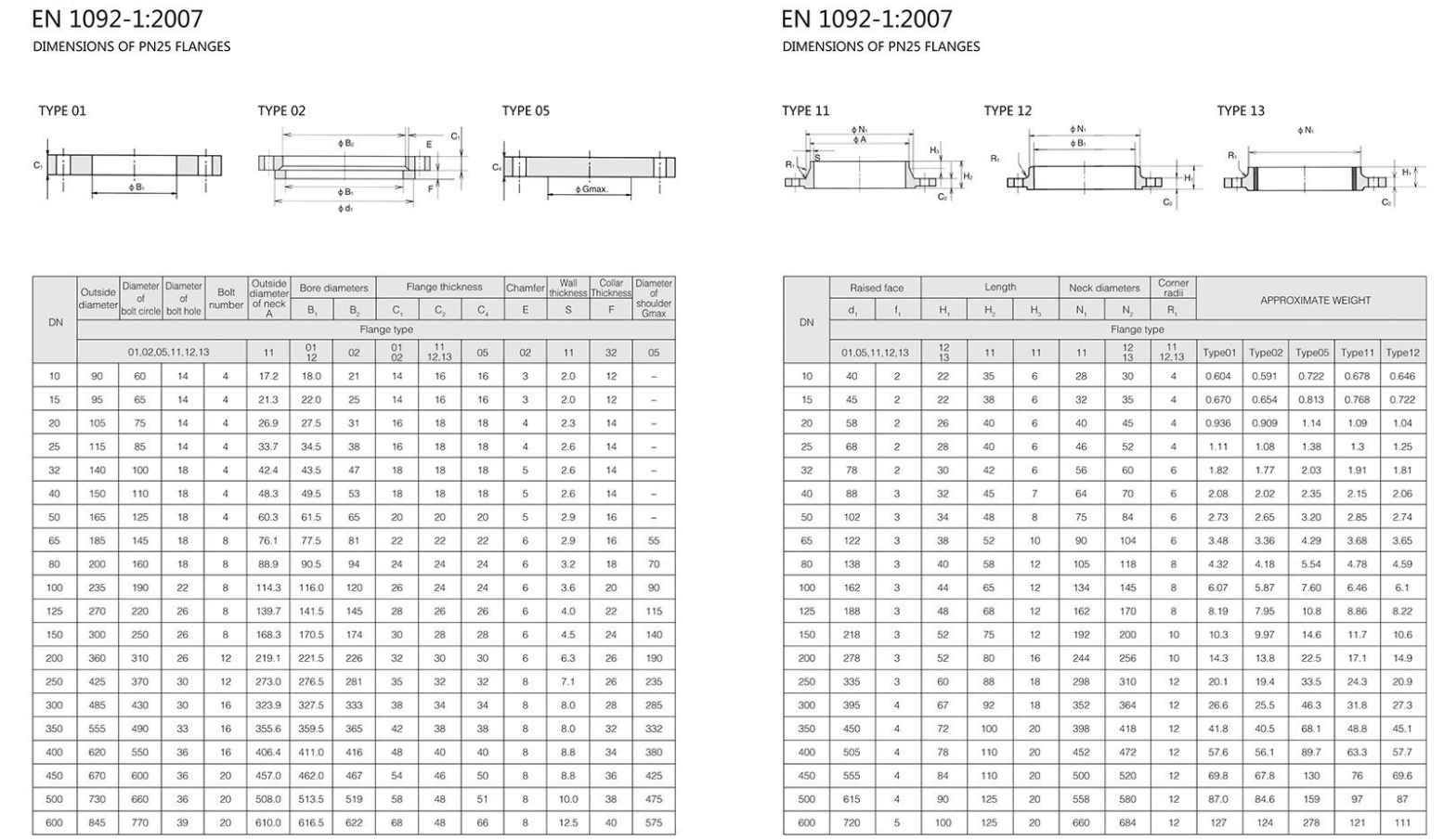-
Cangzhou Yulong Steel Co., Ltd.
-
Phone:
+86 13303177267 -
Email:
admin@ylsteelfittings.com
- English
- Arabic
- Italian
- Spanish
- Portuguese
- German
- kazakh
- Persian
- Greek
- French
- Russian
- Polish
- Thai
- Indonesian
- Vietnamese
- Zulu
- Korean
- Uzbek
- Hindi
- Serbian
- Malay
- Ukrainian
- Gujarati
- Haitian Creole
- hausa
- hawaiian
- Hebrew
- Miao
- Hungarian
- Icelandic
- igbo
- irish
- Japanese
- Javanese
- Kannada
- Khmer
- Rwandese
- Afrikaans
- Albanian
- Amharic
- Armenian
- Azerbaijani
- Basque
- Belarusian
- Bengali
- Bosnian
- Bulgarian
- Catalan
- Cebuano
- China
- China (Taiwan)
- Corsican
- Croatian
- Czech
- Danish
- Esperanto
- Estonian
- Finnish
- Frisian
- Galician
- Georgian
- Kurdish
- Kyrgyz
- Lao
- Latin
- Latvian
- Lithuanian
- Luxembourgish
- Macedonian
- Malgashi
- Malayalam
- Maltese
- Maori
- Marathi
- Mongolian
- Myanmar
- Nepali
- Norwegian
- Norwegian
- Occitan
- Pashto
- Dutch
- Punjabi
- Romanian
- Samoan
- Scottish Gaelic
- Sesotho
- Shona
- Sindhi
- Sinhala
- Slovak
- Slovenian
- Somali
- Sundanese
- Swahili
- Swedish
- Tagalog
- Tajik
- Tamil
- Tatar
- Telugu
- Turkish
- Turkmen
- Urdu
- Uighur
- Welsh
- Bantu
- Yiddish
- Yoruba

Oct . 09, 2024 13:50 Back to list
welding pipe to flat plate
Welding Pipe to Flat Plate Techniques and Considerations
Welding is a critical process in various industries, including construction, manufacturing, and plumbing, allowing for the joining of two distinct materials or components. One common welding challenge involves attaching a pipe to a flat plate, a process necessary in creating pipelines, supports, and various structural applications. This article explores the techniques, considerations, and best practices involved in successfully welding a pipe to a flat plate.
Understanding the Basics
Before diving into the specifics of the welding process, it is essential to understand the components involved. The pipe can be made from different materials, including steel, aluminum, or stainless steel, while the flat plate can vary in thickness and material. The choice of materials plays a significant role in determining the appropriate welding technique, filler material, and pre-weld preparation.
Preparing for Weld
Preparation is crucial for achieving a strong and effective weld. The first step involves cleaning both the pipe and the flat plate to remove any contaminants, such as oil, dirt, or rust. Use a wire brush, grinder, or chemical cleaner as appropriate for the materials involved. Effective cleaning not only improves the quality of the weld but also enhances the overall strength and durability of the joint.
Next, proper alignment is vital. The pipe needs to be positioned accurately against the flat plate to achieve the desired joint configuration, typically a fillet or groove weld. Use clamps or jigs to hold the pipe in place during the welding process, ensuring there is no movement that could compromise the joint integrity.
Welding Techniques
Several welding techniques can be employed when joining a pipe to a flat plate, with the choice dependent on the materials and structural requirements
welding pipe to flat plate

1. MIG Welding (Gas Metal Arc Welding) MIG welding is popular for its ease of use and speed. It is suitable for welding thin materials and tends to produce a clean and smooth finish. In this method, a continuous wire feed serves as both the electrode and filler material, while an inert gas protects the weld pool from contamination.
2. TIG Welding (Gas Tungsten Arc Welding) For more precise and cleaner welds, especially with stainless or aluminum materials, TIG welding is often preferred. This method involves a non-consumable tungsten electrode and a separate filler rod, providing excellent control over the weld pool and minimizing contamination.
3. Stick Welding (Shielded Metal Arc Welding) Stick welding is an adaptable technique suitable for outdoor or windy conditions. It uses a consumable electrode coated with flux, which provides shielding during the welding process. Although it can be less clean than MIG and TIG, it is effective for thicker materials.
4. Flux-Cored Arc Welding (FCAW) Similar to MIG, FCAW utilizes a tubular wire filled with flux. It can work well with dirty or rusty metals and is suitable for thicker materials, making it advantageous for heavy-duty applications.
Post-Weld Considerations
Once the welding is complete, it is crucial to inspect the weld for any defects. Common issues include porosity, undercutting, and incomplete penetration. Non-destructive testing methods, such as ultrasonic or radiographic tests, can identify internal flaws without damaging the component.
Post-weld heat treatment may be necessary to relieve stresses induced during the welding process, particularly for high-strength materials. Additionally, proper cleaning to remove slag or spatter is vital for aesthetic and functional reasons.
Conclusion
Welding a pipe to a flat plate is a fundamental skill that requires a sound understanding of techniques and materials. Whether employing MIG, TIG, stick, or FCAW, the critical factors of cleanliness, alignment, and appropriate weld selection remain paramount. By adhering to best practices and thorough inspection processes, welders can ensure that their joints are strong, reliable, and able to withstand the demands of their intended application. As with any craft, continuous learning and practice are essential for mastering the art of welding, ensuring the integrity and longevity of the welded structures we rely on daily.
Latest news
-
ANSI 150P SS304 SO FLANGE
NewsFeb.14,2025
-
ASTM A333GR6 STEEL PIPE
NewsJan.20,2025
-
ANSI B16.5 WELDING NECK FLANGE
NewsJan.15,2026
-
ANSI B16.5 SLIP-ON FLANGE
NewsApr.19,2024
-
SABS 1123 FLANGE
NewsJan.15,2025
-
DIN86044 PLATE FLANGE
NewsApr.19,2024
-
DIN2527 BLIND FLANGE
NewsApr.12,2024
-
JIS B2311 Butt-Welding Fittings LR/SR 45°/90° /180°Seamless/Weld
NewsApr.23,2024











